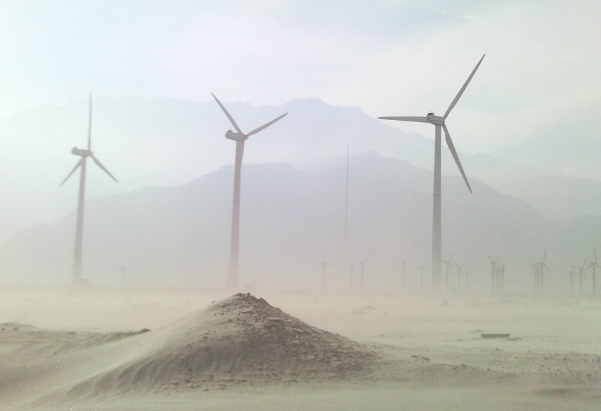Researchers from Spain's Jaume I University in Castellón are working on new nanomaterials to improve wind turbines’ resilience to extreme weather and ensure energy efficiency does not decline from damage to turbine blades.
Large wind turbines are exposed to the full force of the weather, especially the continuous impact of particles transported by wind at high speeds, very high or low temperatures, an abundance of dust, and high exposure to ultraviolet rays. Scientists from the University Institute of Ceramic Technology Agustín Escardino at Jaume I University recognized this and set about finding a solution to the problem.
The AeroExtreme project, led by Siemens Gamesa, will run until the end of 2018 and is co-financed by the Spanish Ministry of Economy, Industry and Competitiveness as well as the European Regional Development Fund. The research team have been looking at various passive and active solutions for the blades and nacelle, developing a type of material with far superior resistance to erosion than those currently used, as well as photocatalytic and antifouling coatings, also with heightened durability.
According to Vicente Sanz, research lead, “the previous developments of the ITC in nanotechnology and the interdisciplinary collaboration have been key elements for the success of the solutions found, whose implementation will be carried out soon”.
Companies including Laurentia and technology centers such as Aimplas and Tekniker are also partnering on the project to manufacture nanoparticles and develop super-hydrophobic and anti-freeze coatings.
University Institute of Ceramic Technology Agustín Escardino



No Comment